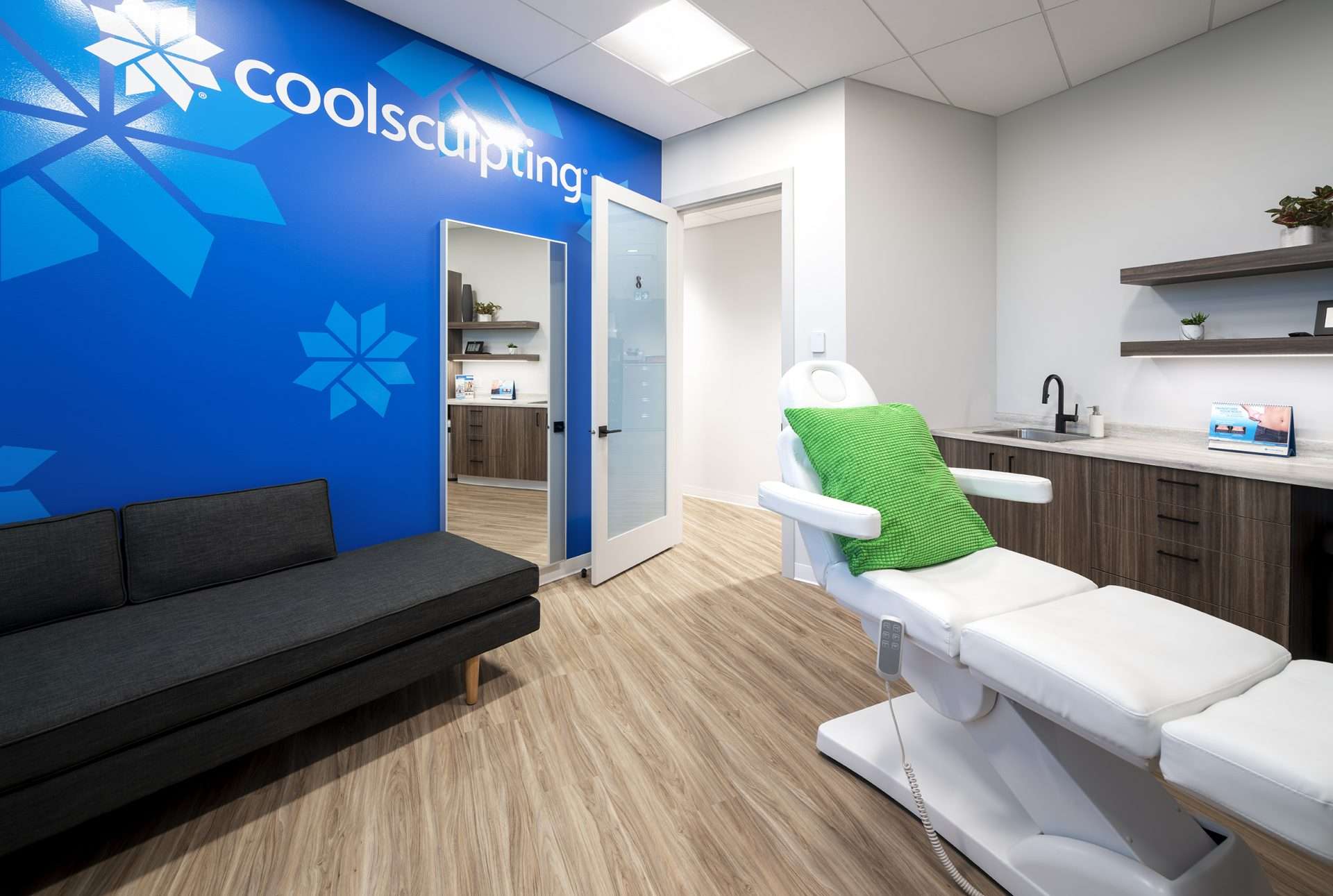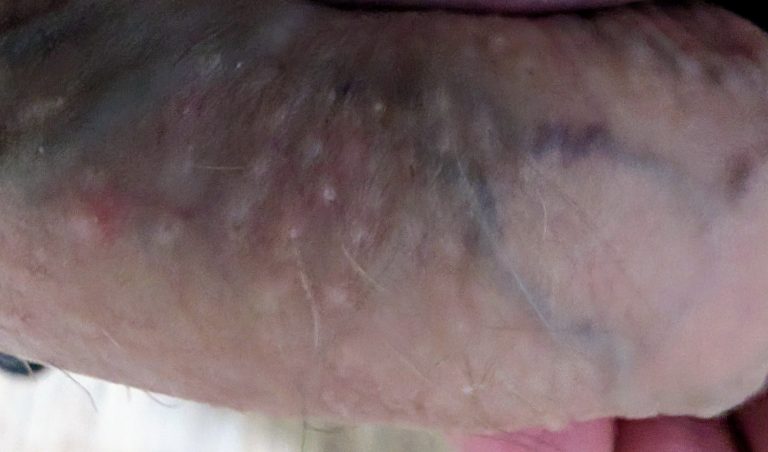It’s sometimes hard to say which is leading the charge in the personal grooming revolution: trends or technology. Nonetheless, it’s clear that our modern self-care couldn’t be more different from our grandparents’.
For hair removal, shaving used to be the default choice. While a close shave can give you smooth skin (and incidentally exfoliate at the same time) on very fair-skinned people the hair is still visible below the surface, and of course regrowth begins immediately. For large or inaccessible areas, it’s awkward as well. It was natural that we should look for better solutions, particularly as the increase in travel means you could always be just two days away from wearing a swimsuit. This method is so ancient that no one is quite sure when it began, but the ancient Romans were enthusiastic practitioners, which is why you don’t see any pubic hair on their female nudes.
Chemical depilation was popular in the Restoration period, and the less we can say about that the better. A key ingredient was cat urine. Smells of the various depilatory ointments have improved since then, but they are still at a point where they pose a deterrent. As well, many people with sensitive skin cannot tolerate the caustic ingredients.
Waxing is a common temporary solution to unwanted hair growth. The results are smoother and longer-lasting than with either shaving of chemical depilation, but it can be painful, lead to swelling and bruising if improperly performed, and must be performed on hair that is at least a quarter-inch long. That means growing it out in order to remove it, giving you an awkward week or so in limbo. Sugaring works on the same principles, but is easier to clean up (sugar dissolves in water, whereas wax does not) and less painful.
Recently threading has become popular. The technique is imported from India and has the benefits of being precise and less painful if performed properly. It is, however, a technique suited for small areas like the upper lip, eyebrows, and so on. It is unsuitable for larger areas like arms, legs, chest, etc.
Electrolysis emerged in the 70’s as a permanent solution to hair growth. It zapped the root of the hair with a small electrical current to kill it. Since the procedure had to be performed hair by hair, it was extremely time-consuming. If the voltage was not quite right, sometimes a single follicle would have to be treated two or three times, and the sensation was sometimes unpleasant for the client. Home electrolysis machines were sold, at a lower voltage still, but gave generally poor results (and could only be used on areas that were easily accessed by the person using the device).
Physical epilators, with rotating heads of discs, springs, or multiple tweezers on a roller, broke onto the market in the late 1980’s. They are still being produced, but have issues with breaking off hair instead of pulling it out. As well, many users find them simply too painful to use; they are generally considered the most painful option for temporary hair removal. It even inspired an episode of Cheers. And of course you had to go through it all again when the hair grew back.
Today we have more efficient, and much more comfortable, options for long-term hair removal. At Dermedica, we use a Cynosure Elite laser to illuminate multiple follicles at once, making the process of treatment much faster than first-generation lasers or electrolysis. Lasers are also more easily tolerated by clients than electrical treatment which is, after all, electrical shock, however minute. While no ethical dermatologist will guarantee 100% hair loss permanently, our clients generally experience a 50-80% reduction in unwanted hair, and clearly they are satisfied with the results. In the hands of properly trained, professional personnel, lasers are safe, powerful, and a boon to client and practitioner alike. The recovery time is effectively zero for most people, the results are durable and given skin and hair type, predictable, and the procedure itself is vastly more comfortable than previous methods, both short-term and long-term.
As always, evaluate your options, take advice from qualified professionals only, and make the decision which best suits you and your lifestyle.




